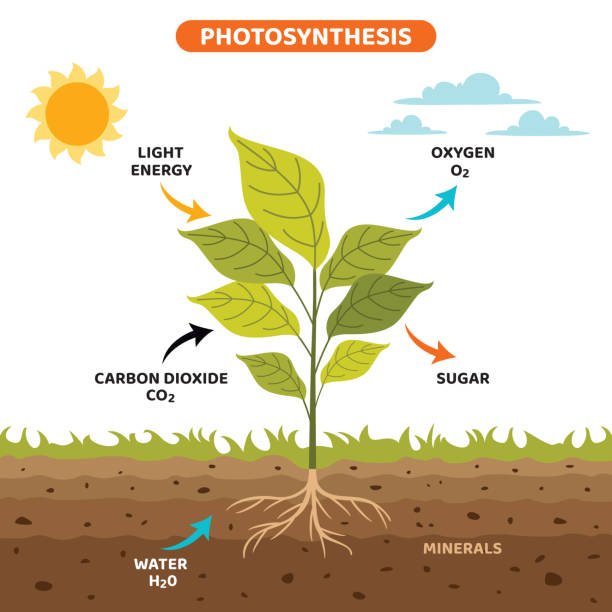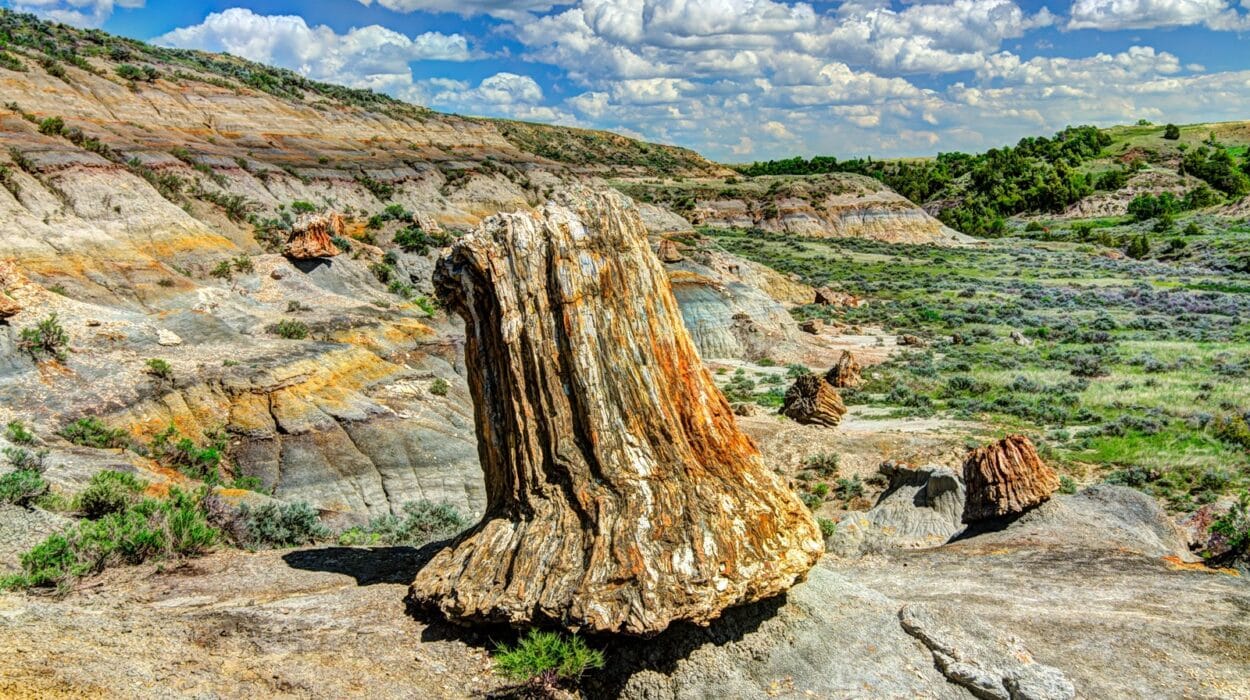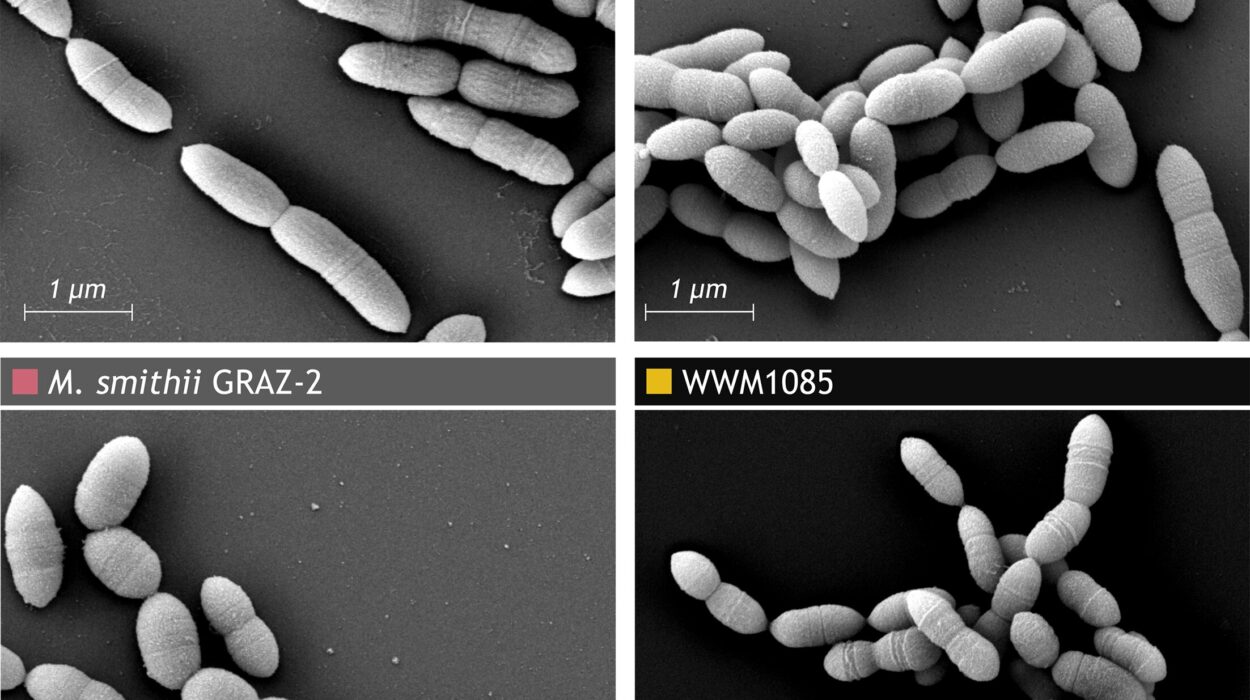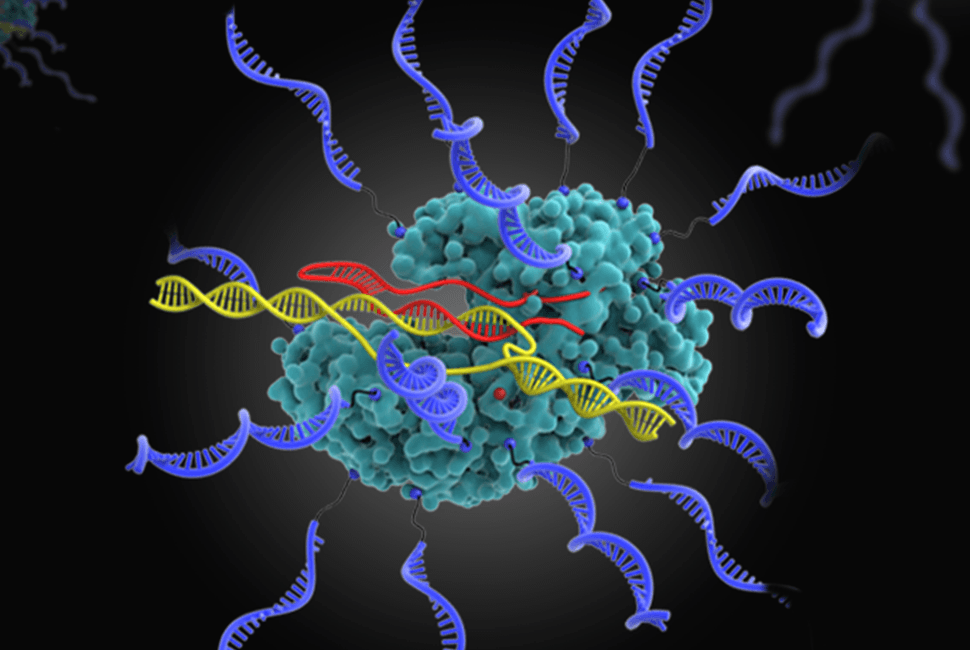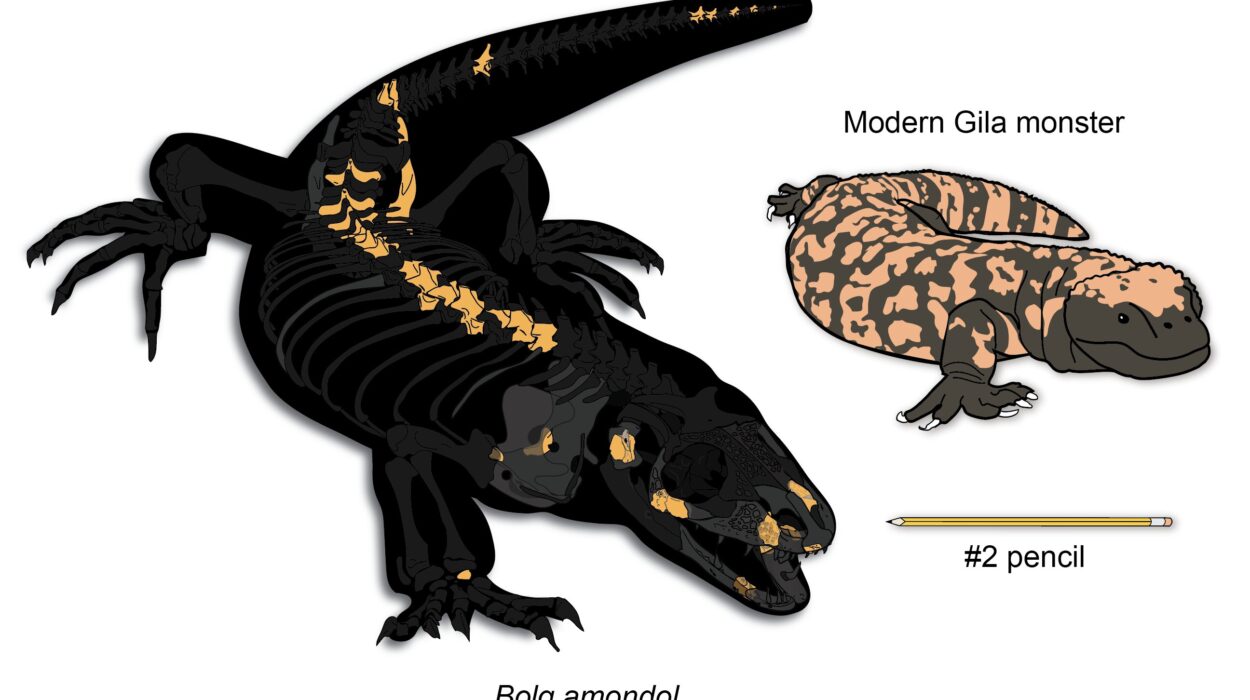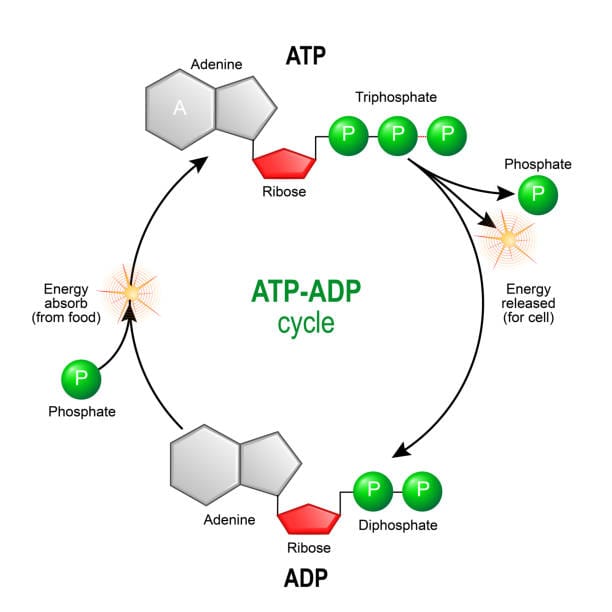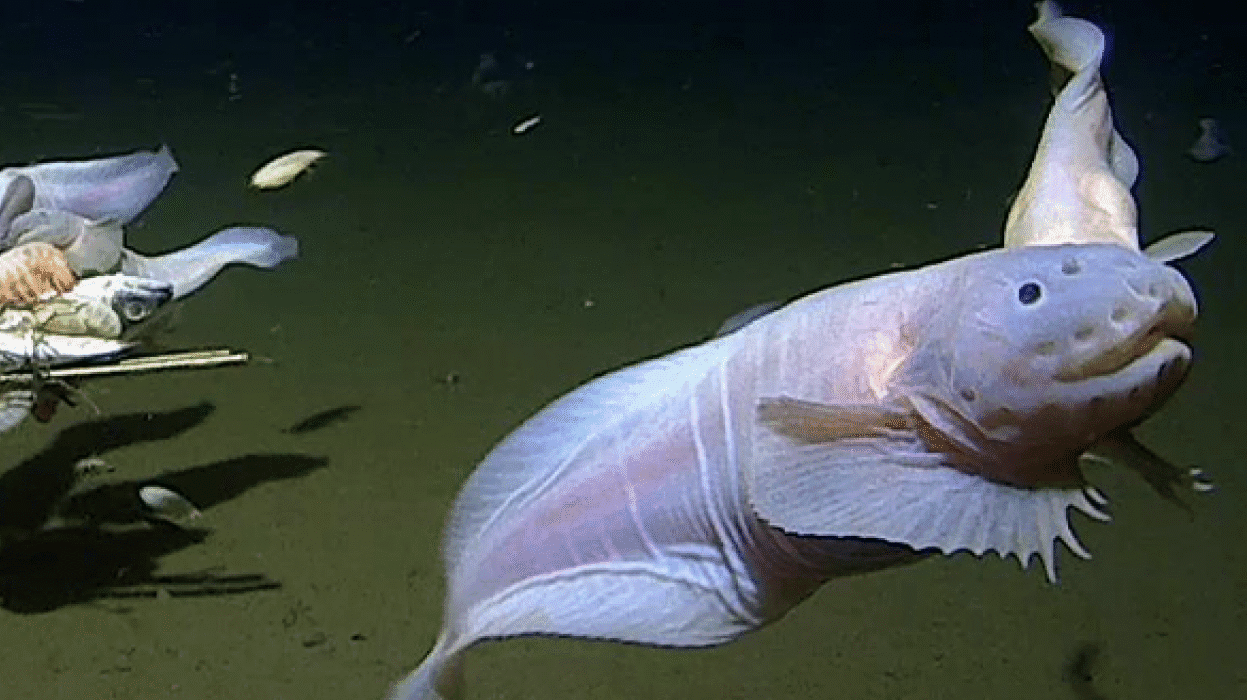Photosynthesis is a remarkable and vital process that sustains life on Earth. It is how plants, algae, and certain bacteria convert light energy, typically from the sun, into chemical energy stored in the form of glucose, a type of sugar. This fundamental process is not only the backbone of plant life but also the key to the food chains that sustain the planet’s ecosystems. If you’ve ever wondered how life on Earth is so intricately interconnected, photosynthesis is one of the driving forces that link everything from the tiniest bacteria to the largest animals.
But photosynthesis is more than just a process of producing food for plants; it’s a masterwork of molecular machinery, energy conversion, and environmental interaction. It transforms light energy into life-sustaining fuel, and in doing so, it shapes the atmosphere and environment in ways that have profound implications for all living things.
The Basics of Photosynthesis
In its simplest form, photosynthesis is a biochemical process that converts light energy into chemical energy. Plants, algae, and cyanobacteria absorb sunlight through chlorophyll, a green pigment that captures light energy. This energy is then used to combine carbon dioxide (CO₂) from the air and water (H₂O) from the soil to create glucose (C₆H₁₂O₆), a type of sugar that serves as a source of energy for the plant.
In addition to glucose, photosynthesis also produces oxygen (O₂) as a byproduct, which is released into the atmosphere. This oxygen is essential for the survival of most living organisms on Earth, including humans, as it is required for cellular respiration—the process by which animals and other organisms break down glucose for energy.
The overall chemical equation for photosynthesis can be summarized as: 6CO2+6H2O+light energy→C6H12O6+6O26CO_2 + 6H_2O + light \, energy \rightarrow C_6H_{12}O_6 + 6O_2
This equation essentially means that carbon dioxide and water, in the presence of sunlight, are transformed into glucose and oxygen. This process is not only crucial for plants themselves but also for nearly every other organism on the planet, from herbivores that eat plants to the carnivores that eat those herbivores.
The Photosynthesis Process: A Deeper Dive
Photosynthesis occurs mainly in the chloroplasts of plant cells. These organelles are equipped with the machinery to absorb sunlight and convert it into energy. The process takes place in two main stages: the light-dependent reactions and the light-independent reactions, also known as the Calvin Cycle.
Light-Dependent Reactions
The light-dependent reactions occur in the thylakoid membranes of the chloroplasts. These reactions rely on sunlight to power the process, hence the term “light-dependent.” The process begins when chlorophyll absorbs light energy, which excites electrons within the pigment molecules. These high-energy electrons are then passed along a series of proteins in the thylakoid membrane, a process known as the electron transport chain.
During this process, water molecules (H₂O) are split, releasing oxygen gas (O₂) and protons (H⁺) into the environment. The energy from the electrons is used to produce two important energy carriers: ATP (adenosine triphosphate) and NADPH (nicotinamide adenine dinucleotide phosphate). ATP is a molecule that stores energy, while NADPH carries high-energy electrons. Both of these molecules will later be used in the second stage of photosynthesis, the Calvin Cycle.
The oxygen produced in this stage is released as a byproduct into the atmosphere, which is essential for the respiration of animals and humans.
The Calvin Cycle (Light-Independent Reactions)
The second stage of photosynthesis is known as the Calvin Cycle, or the light-independent reactions, because it does not require direct sunlight. Instead, this process utilizes the ATP and NADPH produced in the light-dependent reactions to convert carbon dioxide into glucose.
The Calvin Cycle takes place in the stroma, a fluid-filled area surrounding the thylakoid membranes within the chloroplasts. The cycle begins when carbon dioxide from the atmosphere enters the plant through small pores in the leaves known as stomata. The carbon dioxide is then incorporated into a five-carbon sugar molecule called ribulose bisphosphate (RuBP), a process catalyzed by an enzyme called RuBisCO.
This results in the formation of a short-lived six-carbon molecule, which quickly breaks down into two molecules of 3-phosphoglycerate (3-PGA). Using ATP and NADPH, the 3-PGA molecules are converted into glyceraldehyde-3-phosphate (G3P), a three-carbon sugar. Some of this G3P is used to regenerate RuBP, enabling the cycle to continue, while the rest is used to form glucose and other carbohydrates.
The Calvin Cycle is a complex and highly regulated series of reactions, but its purpose is clear: to take carbon dioxide from the air and convert it into sugars that the plant can use for energy, growth, and reproduction.
Factors Affecting Photosynthesis
Although photosynthesis is a highly efficient process, it is influenced by several environmental factors. The rate at which photosynthesis occurs can be impacted by light intensity, temperature, and the concentration of carbon dioxide.
- Light Intensity: As light intensity increases, so does the rate of photosynthesis, up to a certain point. After this point, the rate of photosynthesis levels off because the plant’s photosynthetic machinery becomes saturated with light energy. Too much light can also damage the plant’s cells, so there is an optimal light level for photosynthesis.
- Temperature: Photosynthesis is most efficient at moderate temperatures. If the temperature is too high, the enzymes involved in the process can become denatured, slowing down or even stopping the reactions. Similarly, temperatures that are too low can also reduce the rate of photosynthesis.
- Carbon Dioxide Concentration: The concentration of carbon dioxide directly affects the rate of photosynthesis. Higher levels of carbon dioxide typically lead to increased photosynthetic rates, as long as other factors such as light and temperature are optimal.
- Water Availability: Water is a key component of photosynthesis, and its availability can significantly affect the process. When plants are water-stressed, they may close their stomata to conserve water, which also limits the amount of carbon dioxide they can take in, thereby slowing photosynthesis.
The Importance of Photosynthesis
Photosynthesis is the foundation of life on Earth. It is responsible for producing the oxygen we breathe and the food we consume. Without it, life as we know it would not be possible. Here are some of the key reasons why photosynthesis is so important:
1. Oxygen Production
One of the most critical byproducts of photosynthesis is oxygen. The oxygen produced during the light-dependent reactions is released into the atmosphere, where it becomes available for respiration by animals and other oxygen-dependent organisms. This process has been ongoing for billions of years, and it is why Earth’s atmosphere contains the oxygen necessary for life.
2. Food Production
Photosynthesis is the process that drives the growth of plants, which are the primary producers in most ecosystems. By converting light energy into chemical energy in the form of glucose, plants create the food that sustains herbivores, which in turn sustain carnivores. In this way, photosynthesis forms the base of the food chain and supports all forms of life.
3. Carbon Dioxide Regulation
Through photosynthesis, plants help regulate the concentration of carbon dioxide in the atmosphere. Carbon dioxide is a greenhouse gas that contributes to global warming when its levels rise. By absorbing carbon dioxide and converting it into glucose, plants play a crucial role in mitigating climate change. Forests, oceans, and other photosynthetic ecosystems act as carbon sinks, absorbing vast amounts of carbon dioxide from the atmosphere.
4. Climate and Weather Regulation
The process of photosynthesis also contributes to climate and weather patterns. By absorbing sunlight and releasing water vapor, plants influence the Earth’s temperature and precipitation patterns. Forests and other green spaces act as natural air conditioners, helping to regulate local climates and maintain balance in ecosystems.
Photosynthesis and the Future
In recent years, scientists have become increasingly interested in understanding photosynthesis and its potential applications in fields such as agriculture, renewable energy, and climate change mitigation. Here are a few ways in which research into photosynthesis could shape the future:
1. Improving Crop Yields
By understanding the mechanisms of photosynthesis more deeply, scientists are working to develop crops that are more efficient at converting sunlight into energy. This could lead to higher crop yields, especially in regions facing food security challenges due to population growth and climate change.
2. Artificial Photosynthesis
Researchers are also exploring the concept of artificial photosynthesis—creating systems that mimic the natural process of photosynthesis to generate clean energy. These systems could use sunlight to convert carbon dioxide into useful fuels, offering a potential solution to both energy and climate problems.
3. Carbon Sequestration Technologies
In the fight against climate change, carbon sequestration—the process of capturing and storing carbon dioxide—is a key area of focus. By harnessing the natural ability of plants to absorb carbon dioxide, scientists are exploring ways to enhance photosynthesis and increase the amount of carbon dioxide that plants can capture. This could help mitigate the effects of greenhouse gas emissions.
Conclusion
Photosynthesis is one of the most awe-inspiring processes in nature, and its significance cannot be overstated. It is the mechanism by which plants, algae, and certain bacteria convert sunlight into the energy that sustains all life on Earth. The oxygen we breathe, the food we eat, and the climate we depend on are all influenced by the incredible power of photosynthesis.
As we continue to face global challenges such as climate change, food security, and energy sustainability, understanding and harnessing the principles of photosynthesis will become even more crucial. By studying this process, we can unlock new ways to improve agriculture, create clean energy, and reduce our environmental impact—ensuring that photosynthesis continues to support life on Earth for generations to come.
